As the demand for sustainable and eco-friendly building methods grows each year, it’s clear that construction needs a new direction. Shifting towards natural or recycled materials is crucial. With the construction industry responsible for 37% of the world’s greenhouse gas emissions [UNEP, 2022], finding greener solutions is more important than ever.
Many construction companies are looking to reduce their carbon footprint, choosing to move to electric or hybrid vehicles and sourcing materials in the UK. But how do we ensure the things we build contribute to this goal? We have done some research into the leading alternative building materials to help build better.
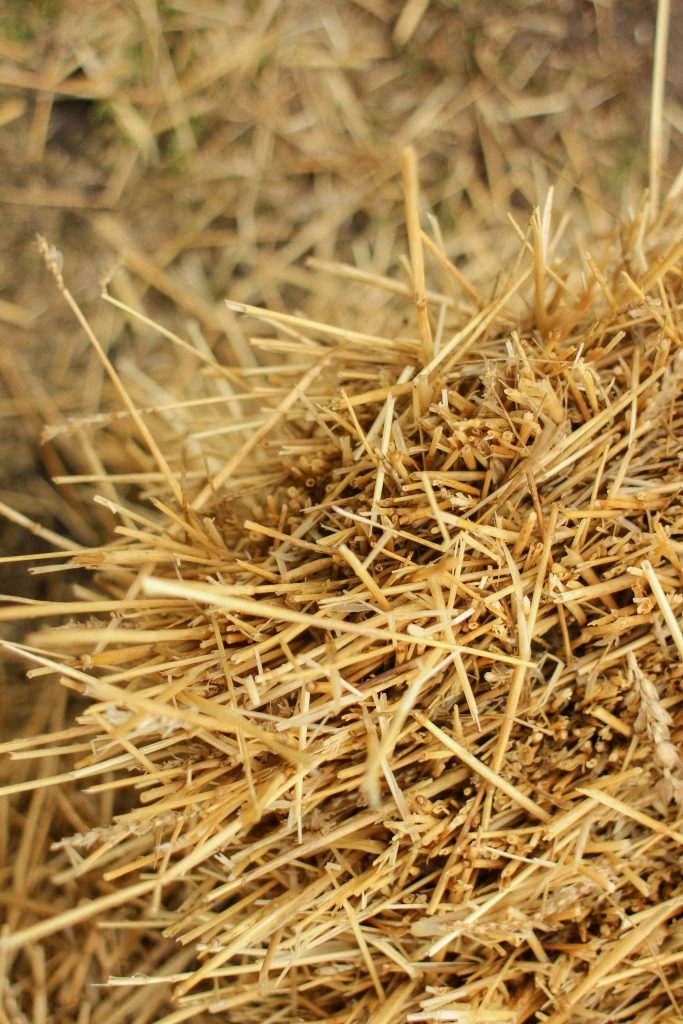
STRAW
Although straw has been used in houses for hundreds of years, we moved away from this mode of building as newer, shinier products came to market. But now, straw is on its way back with new insulation panels. Each panel comprises of a timber frame, stuffed with around 110kg per metre cubed of chopped straw. The use of chopped straw ensures it loses the flammable nature of loose straw, making it far safer than the straw roofs of the past. This configuration also ensures a high volume of air inside the panels to help to better insulate.
The straw panels are made with the straw protruding out slightly, this allows for a tight seal as the straw will mould to any unevenness the wall may have. This also means that there is no need to plaster to create an even surface, saving money and time.
STEEL
Steel is relatively sustainable and easy to recycle, without stripping it of its strength. 40% of all steel production uses recycled scrap. 97% of steel used in construction is responsibly recycled or reused. Due to this, it ensures that you may build with recycled steel and also be able to salvage this when the building is demolished, prolonging the life of the steel.
Steel is naturally fire-resistant and strong enough to withstand earthquakes and hurricanes, so it makes for a great structural material. For these reasons it remains the leading material in construction. Moving to recycled steel is an easy move to make as it is abundant and should not leave a dent in the budget.
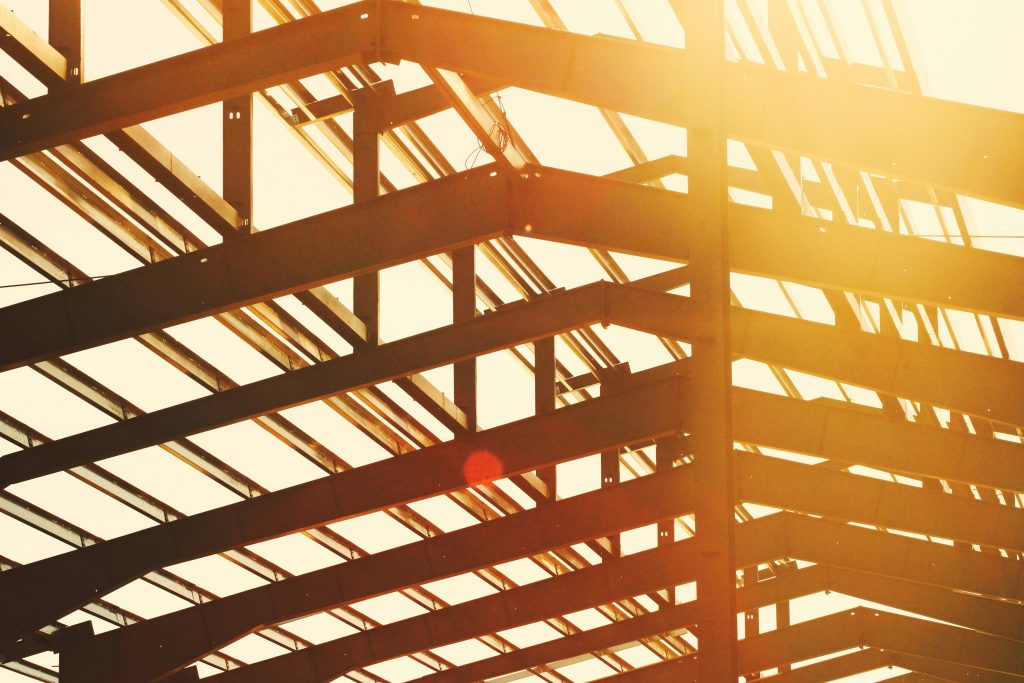
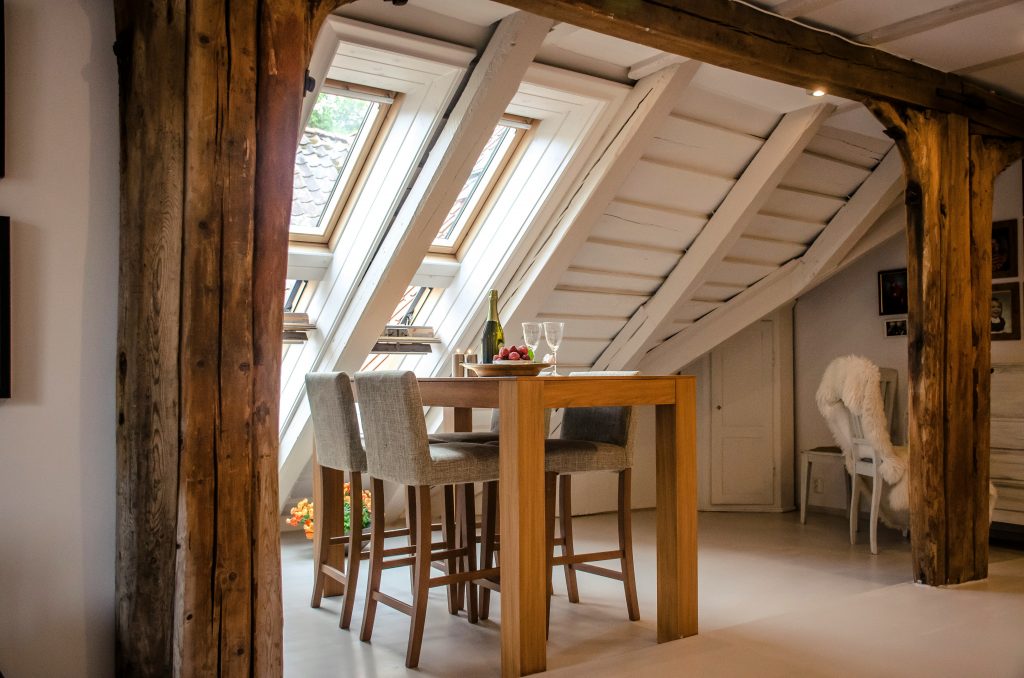
WOOD
Reclaimed wood is excellent both structurally and visually, creating warmth and character. Much like straw, wood has been a staple in buildings for hundreds of years and remains a popular choice. In more recent times it has moved to become an aesthetic choice, rather than practical, as the world moved to bricks. However, it maintains its popularity as flooring and cladding.
Reclaimed wood means the material can be taken from previous buildings or barns instead of being cut down for building. The process of reclaimed wood contributes significantly less pollution than new wood as some wood strengthens as it ages, so it needs no chemical reinforcement.
HEMPCRETE
Hemp and hemp products are seeing a rise, as we discover more uses for this versatile plant. It seems to be useful everywhere and construction is no different.
Made from the stalks of the hemp plant mixed with lime and water, hempcrete is excellent for insulating both heat and sound. It is also fire-resistant and exceptionally durable, given its simplicity.
Thanks to its flexibility, hempcrete is less susceptible to cracking, even with the movement of a home and insulates well while remaining breathable to stave off mound or damp.
Hemp is a fast-growing plant, making it rapidly renewable, far and above slower renewing resources like trees. When cultivated, 2.5 hectares of hemp can sequester 9-15 tonnes of carbon dioxide.
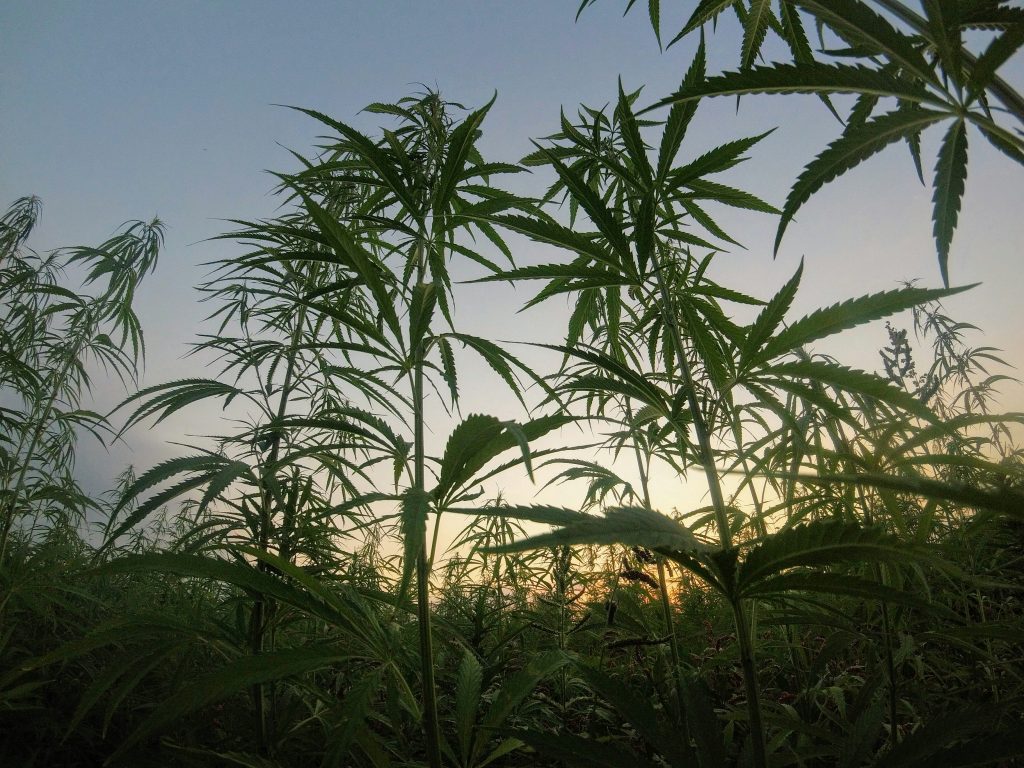
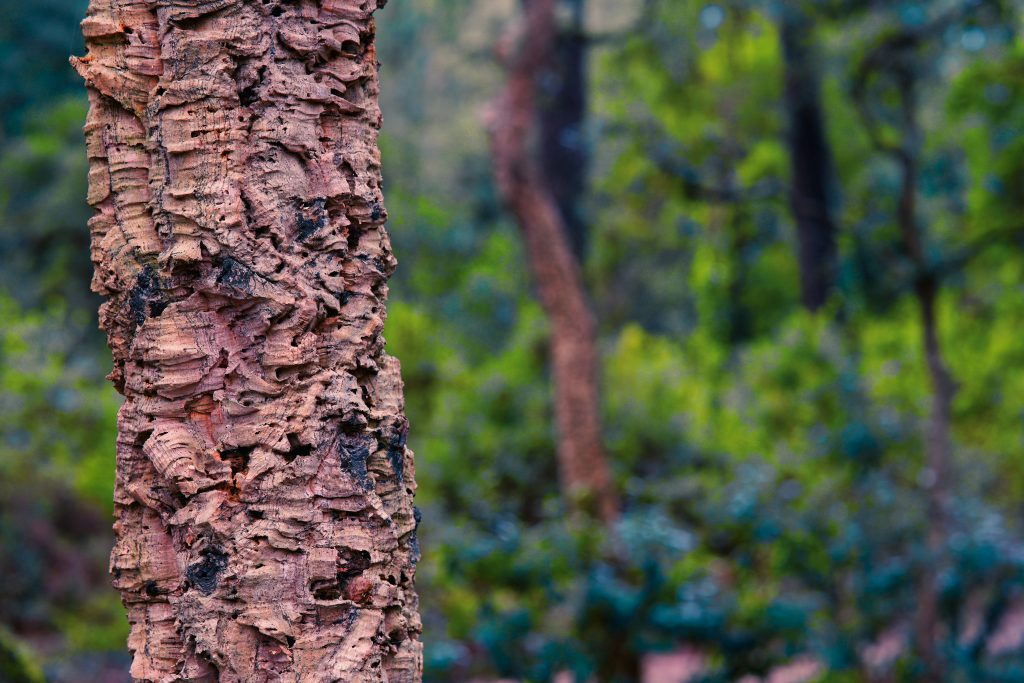
CORK
Cork is fire-resistant, a great insulator and has the added bonus of being hypoallergenic. It also wins out above other sustainable options for its sound insulation, making it helpful for dampening sound through wall or floor panels.
Cork is breathable and regulates water well, as it will take in and expel water found in the air, making it perfect for listed or sensitive buildings where damp may be a problem. Its natural properties also include a resistance to pests and insects.
Cork is a sustainable and abundant material, as the bark is harvested without destroying the tree which can go on to be harvested 15 more times in its long lifespan. Its versatility lends it well to many building and crafting applications, so it is often used to make furniture and even wall and floor coverings.
BAMBOO
Bamboo is a material that has been used in all aspects of construction for a very long time. However, it is only now seeing its fame rise in the West.
Bamboo grows very fast, up to 35 inches in one day for some species, and is famously a large plant, growing to maturity in just seven years. As a grass, all the above-ground plants that can be seen are connected underground. This means that it, and the soil, suffer little from harvesting and the bamboo is able to regrow easily.
Bamboo is as versatile as cork, seen in similar uses such as furniture and flooring but is also used in food, paper, utensils, charcoal and clothing. It is rare that any of the plants is wasted when it is harvested. There are ongoing projects looking to use bamboo to create vast commercial structures as it is known for its strength and flexibility.

The main barrier to more sustainable building is cost. Many of these options will cost a little more than standard materials and with tightening budgets, it’s hard to make the move to eco materials. The construction industry is often a little more resistant to change, opting to go with tried and true over the new. It will take heavy hitters beginning the change to encourage the shift towards these new eco options.
Building the cost of sustainable building materials into our estimates is an investment in the future of the planet we build on. As the popularity of these materials rises, the cost will decrease, but it takes that first step, for builders to begin demanding these options. As demand increases, costs will lower, and availability will rise.
We can provide a professional estimate to help you organise your project and keep everything on budget. Just give us a call and we can do the rest!

